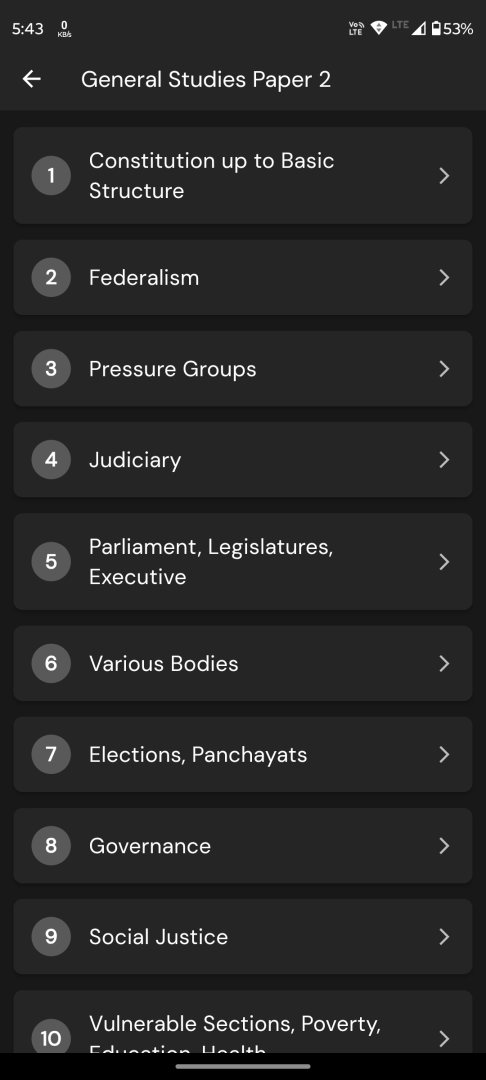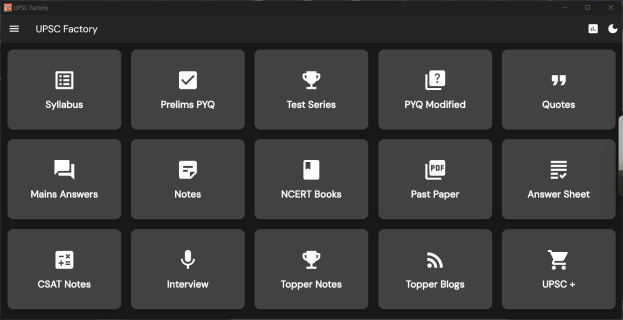Q. Seawater intrusion in the coastal aquifers is a major concern in India. What are the causes of seawater intrusion and the remedial measures to combat this hazard?
UPSC Mains 2025 GS3 Paper
Model Answer:
Seawater Intrusion in Coastal Aquifers
Seawater intrusion is the movement of saline water into freshwater aquifers, contaminating drinking water sources and damaging ecosystems. With a 7,500 km coastline, India faces severe vulnerability, particularly in Gujarat, Tamil Nadu, and Andhra Pradesh.
Causes of Seawater Intrusion
Anthropogenic Causes:
• Over-extraction of groundwater remains the primary driver, with excessive pumping for agriculture and industry lowering water tables (Chennai: 15 km inland ingress)
• Reduced aquifer recharge due to rapid urbanization, deforestation, and wetland destruction limits natural replenishment
• Unregulated borewell drilling disturbs the freshwater-saltwater balance in coastal regions
Natural Causes:
• Climate-induced sea-level rise increases hydraulic pressure, pushing saltwater into aquifers
• Extreme weather events like cyclones and tsunamis force seawater inland (2004 Tsunami, Cyclone Aila-2009)
Remedial Measures
Engineering Solutions:
• Subsurface barriers physically block seawater movement (Kalpakkam dyke, Tamil Nadu)
• Injection wells create freshwater pressure ridges to push back saltwater
Sustainable Management:
• Artificial recharge structures including check dams, percolation ponds enhance aquifer replenishment
• Rainwater harvesting reduces groundwater dependence
• Micro-irrigation techniques (drip, sprinkler systems) minimize agricultural water use
Nature-based Solutions:
• Mangrove restoration and coastal afforestation act as natural buffers
• Community-led water management ensures sustainable practices
Conclusion:
Combating seawater intrusion requires integrated scientific interventions, sustainable regulation, and community participation to protect India’s coastal freshwater resources.




